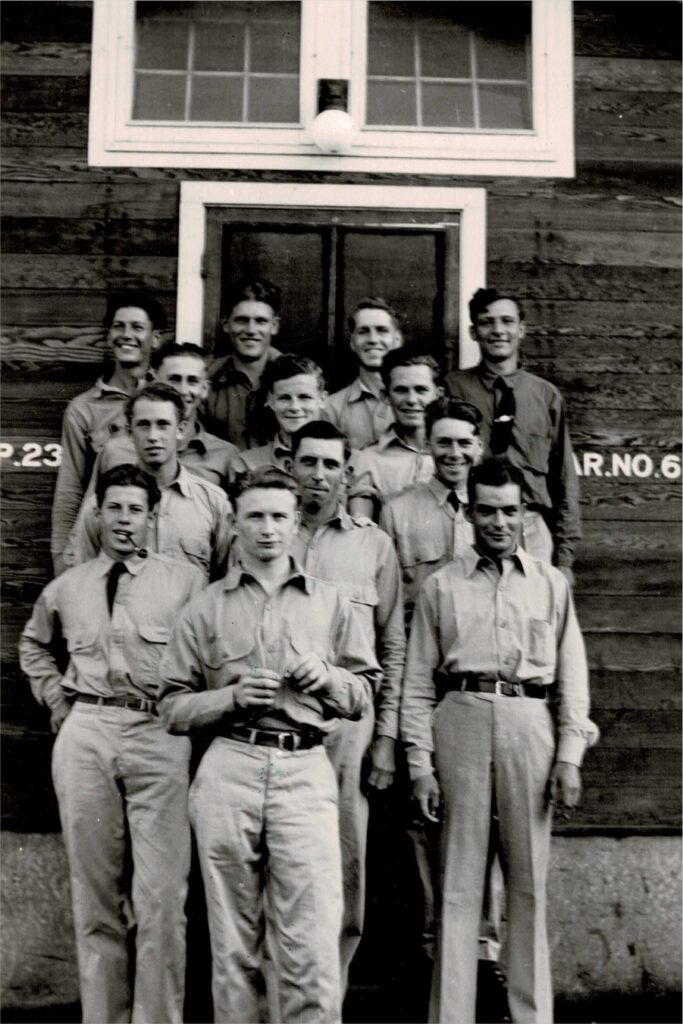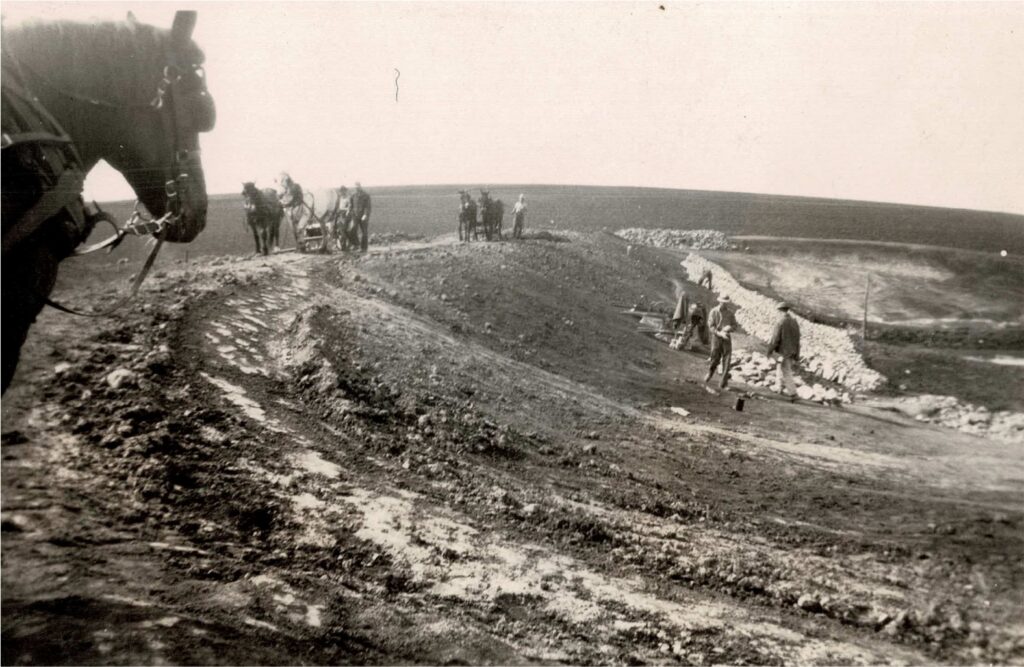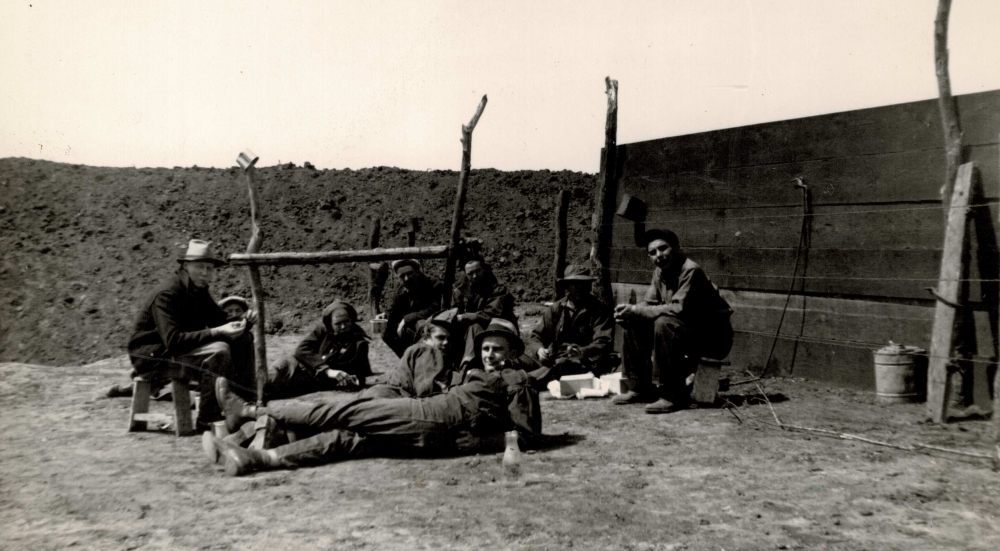
The Civilian Conservation Corps (CCC) was created as part of President Franklin D. Roosevelt’s New Deal to provide work relief during the Great Depression. Established with the passage of the Emergency Conservation Work Act of 1933, the CCC employed over two million single men in conservation projects over ten years.
The U.S. Army organized CCC camps of around 200 workers for projects directed by the Department of the Interior to conserve and expand timber resources, increase recreational opportunities, and control damage from soil erosion and floods.
Company 751 was formed at Fort Crook, Nebraska on April 23, 1933, with enrollees from Missouri and Nebraska. They began work in California, doing forestry work in the Sierra Mountains. A year later, the Company moved to Lanesboro, Minnesota, where work consisted largely of preventing soil erosion and building roads. In October 1934, Company 751 was sent to Tekamah, where the company came under the supervision of the Soil Conservation Service, with projects that included terracing, building brush dams, planting trees, and building fence.
Company 751 at Weeping Water
1935 - 1941
In January 1935, Company 751 again received orders and discussions began with Cass County representatives regarding the location. On April 18, 1935, it was announced that Weeping Water had been selected as the location for the camp. The Robert Baker farm on the southeast edge of town was leased, and construction began within the week.
When Company 751 officially opened in August 1935, there were 8 barracks, a headquarters building, infirmary, latrine, mess hall, truck garage, recreation hall, and an educational hall with a library. Under the direction of the Soil Conservation Service, Camp 751 furnished the labor for soil erosion control, flood control, and water conservation projects on hundreds of Cass & Otoe county farms. In return for their labor, the young men had meaningful work, a way to help their families, regular meals, clothing, and a chance to learn vocational skills for their future. The camp was a boost to Weeping Water’s economy, as most of the hardware, materials, and food used in the camp were purchased locally.


